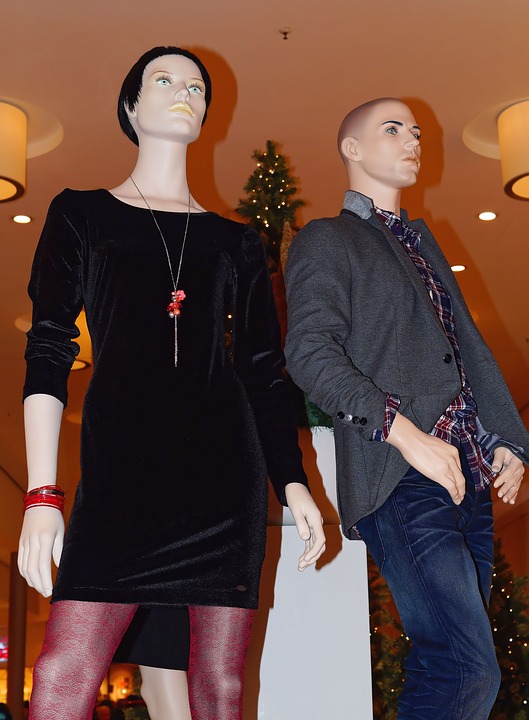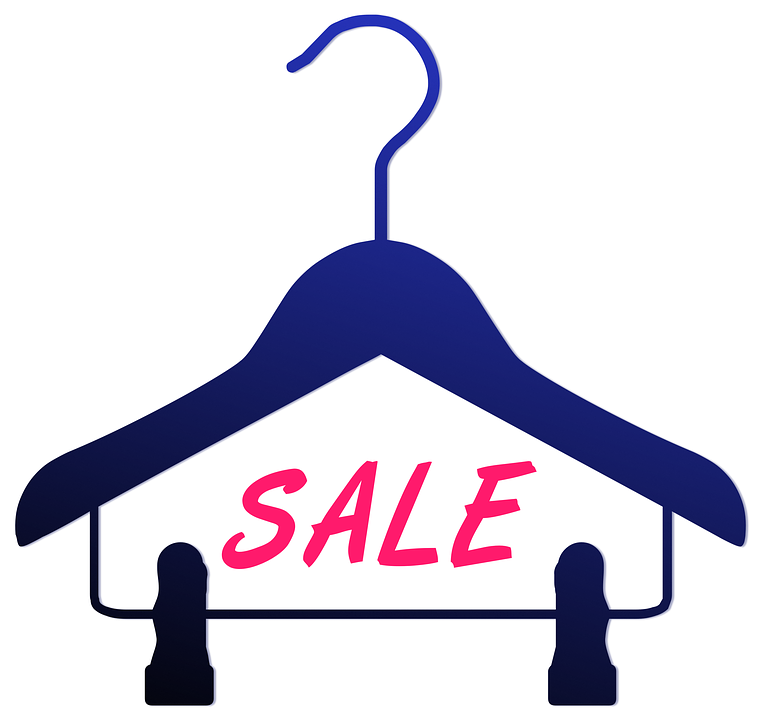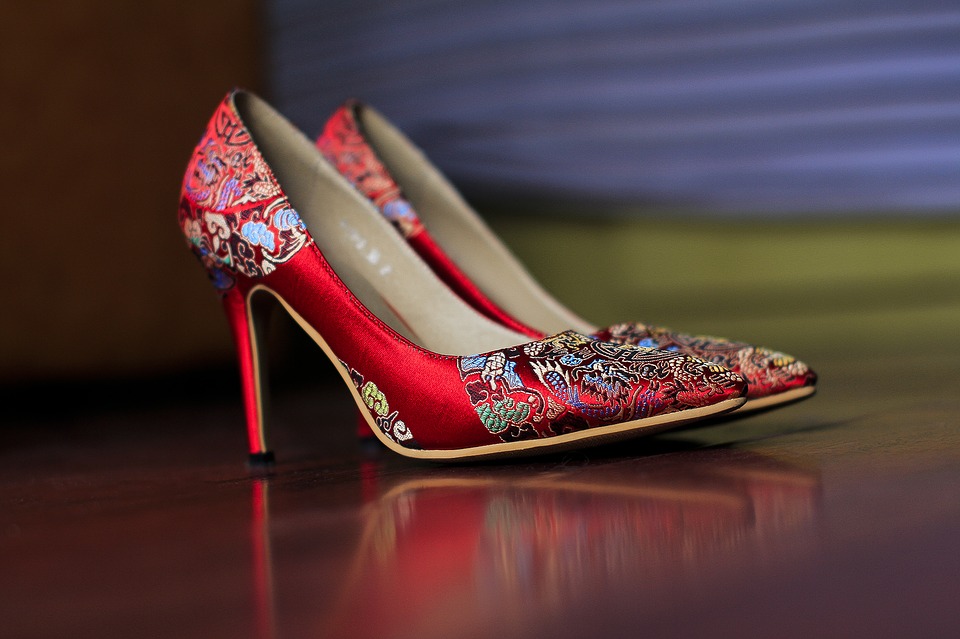
How a Retail Store’s Layout Affects Shopping Behavior
 A retail store’s layout will directly affect the behavior of its shoppers. Store owners who neglect to create an appealing, functional layout will suffer from fewer sales. But that’s just one of the many ways in which a store’s layout affects shopping behavior. To learn more about this link, and how to optimize your store’s layout, keep reading.
A retail store’s layout will directly affect the behavior of its shoppers. Store owners who neglect to create an appealing, functional layout will suffer from fewer sales. But that’s just one of the many ways in which a store’s layout affects shopping behavior. To learn more about this link, and how to optimize your store’s layout, keep reading.
Color
Arguably, one of the most important elements in a retail store’s layout is the color. Colors can make or break a store’s layout. When the right colors are used, it creates an appealing, welcoming environment that encourages shoppers to take action. And when shoppers are engaged, they are more likely to buy a product (or several). On the other hand, the wrong color combination will have the opposite effect, creating gloom and negative energy that discourages shoppers from taking action.
Generally speaking, it’s best to focus your store’s layout around warm colors like orange, red and yellow. Warm colors are said to provide a sense of excitement while also encouraging shoppers to make purchases. According to Van Rompay et al.,. 2011, shoppers that enjoy excitement also prefer these colors. Cool colors, on the other hand, provide a sense of calmness and security.
Space
In addition to using the right color combination, store owners should also design their store’s layout to maximize its available space. When a store is cluttered and messy, shoppers are less likely to make a purchase. But when a store is properly organized and features plenty of “waling space,” shoppers will feel more comfortable making a purchase. So if you haven’t done so in a while, reevaluate your store’s layout to determine if it needs adjusting. Shuffling some shelves, pegboard, mannequins and other elements around can make a big difference in terms of space.
Product Displays
Place yourself in the shoes of an average shopper and ask yourself: how do the product displays affect my shopping behavior? Product displays serve a few basic purpose: they attract shoppers’ attention on specific products; they guide shoppers to the appropriate department; and they enhance shoppers’ overall experience in the store. If your product displays fail to accomplish any of these three goals, perhaps you should change them.
If you have any questions at all about visual merchandising, please give us a call at 800.241.6897 or email us at /contact-us/.



